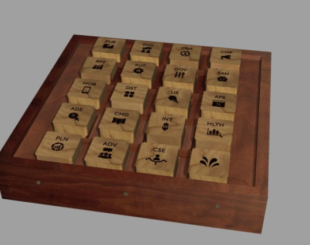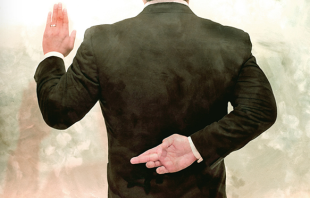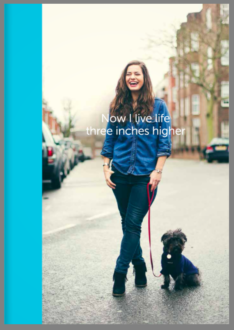THE TRUST TEST.
Email or phone or….? Which tool do you use to win the trust of your customer, and a sale?
Forty-eight graduate business students were given $89 in a study on lying online. They had to tell their partners about the money — and how much they were going to share with that partner.
One group communicated by email, the other by pen and paper. The group that wrote emails was more likely (92%) to lie about the amount of money. The email group was also less fair about sharing the money and felt “justified” in not being honest or fair. In another study, using self-reporting, participants admitted to lying most on the phone.
The group writing by hand on paper was less likely to lie (63%).
To build trust (and sales): think Paper before you email or make a call. Whatever the tool — email, phone, whatever — first elevate your thinking to “Paper Consciousness.” Visualize yourself, your trusted word and guidance, going directly from your pen to paper to the human being, the customer, you want to help. Creatively, consider the value of communicating on actual paper! A handwritten note, some kind of physical, not digital, artifact they can touch and feel.
To build trust (and sales): think “Paper” before you email or make a call. You know how athletes visualize before stepping up to the task? Be that sales athlete. Whatever the tool — email, phone, whatever — first elevate your thinking to “Paper Consciousness.” Visualize yourself, your trusted word and guidance, going directly from your pen to paper to the human being you want to help … and to have an honest relationship with. Oh, and, creatively, consider the value of communicating on actual… paper! A handwritten note. Some kind of physical, not digital, artifact they can touch and feel.

 See the examples above for how tangible trust can be created and work: the Tina and Andrew books, postcards, storywall and handmade blocks.
See the examples above for how tangible trust can be created and work: the Tina and Andrew books, postcards, storywall and handmade blocks.
 The biggest thing: Be honest. If you learn anything from the best sales gurus (like Dan Swift at Empire Social Media, a deserved shoutout), you’re making the evolutionary sales leap from “selling” to “helping” — based on the truth, nothing but the truth, so help you brand.
The biggest thing: Be honest. If you learn anything from the best sales gurus (like Dan Swift at Empire Social Media, a deserved shoutout), you’re making the evolutionary sales leap from “selling” to “helping” — based on the truth, nothing but the truth, so help you brand.
***
Sources: Hancock, Jeffrey T., Currya, L.E., Goorhaa, S., & Woodworth, M. On lying and being lied to: A linguistic analysis of deception in computer-mediated communication. www.informaworld.com, 45(1), 1-23. Naquin, C.E., Kurtzberg, T.R. & Belkin, L.Y. The finer points of lying online: e-mail versus pen and paper. Journal of Applied Psychology, 95(2), 387-394.


